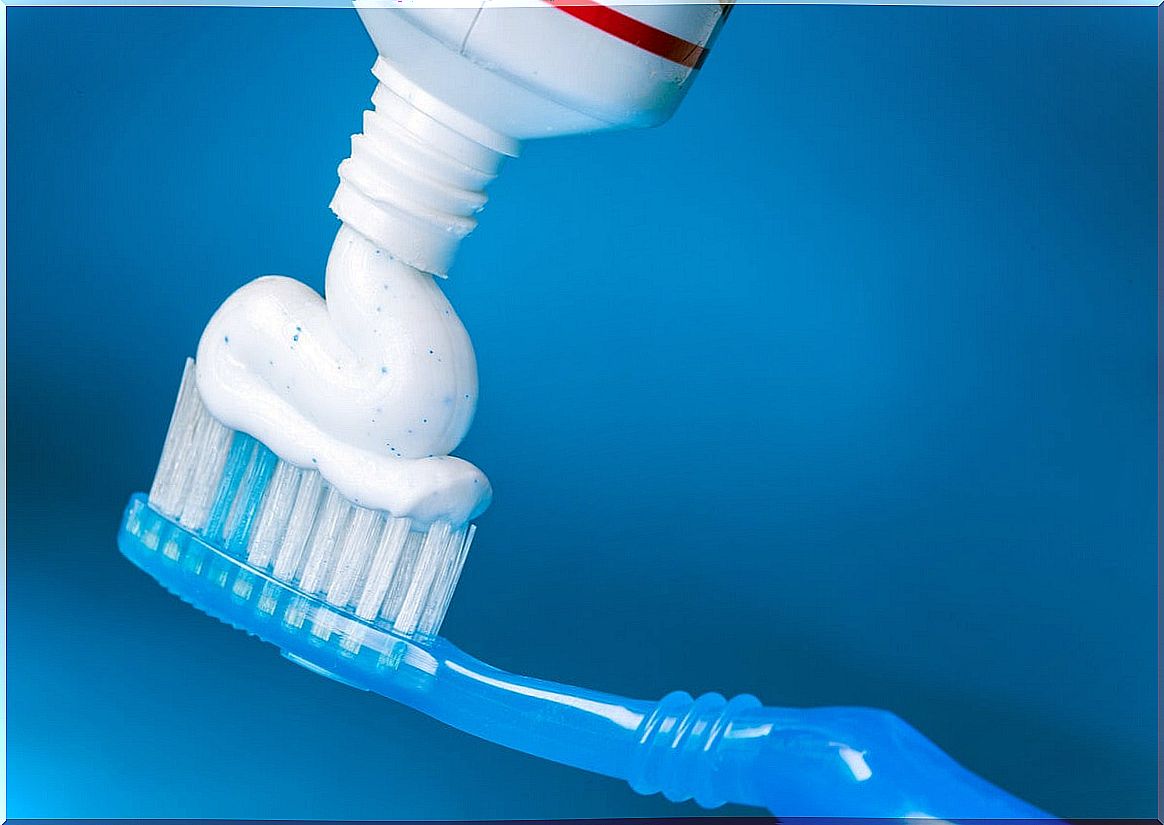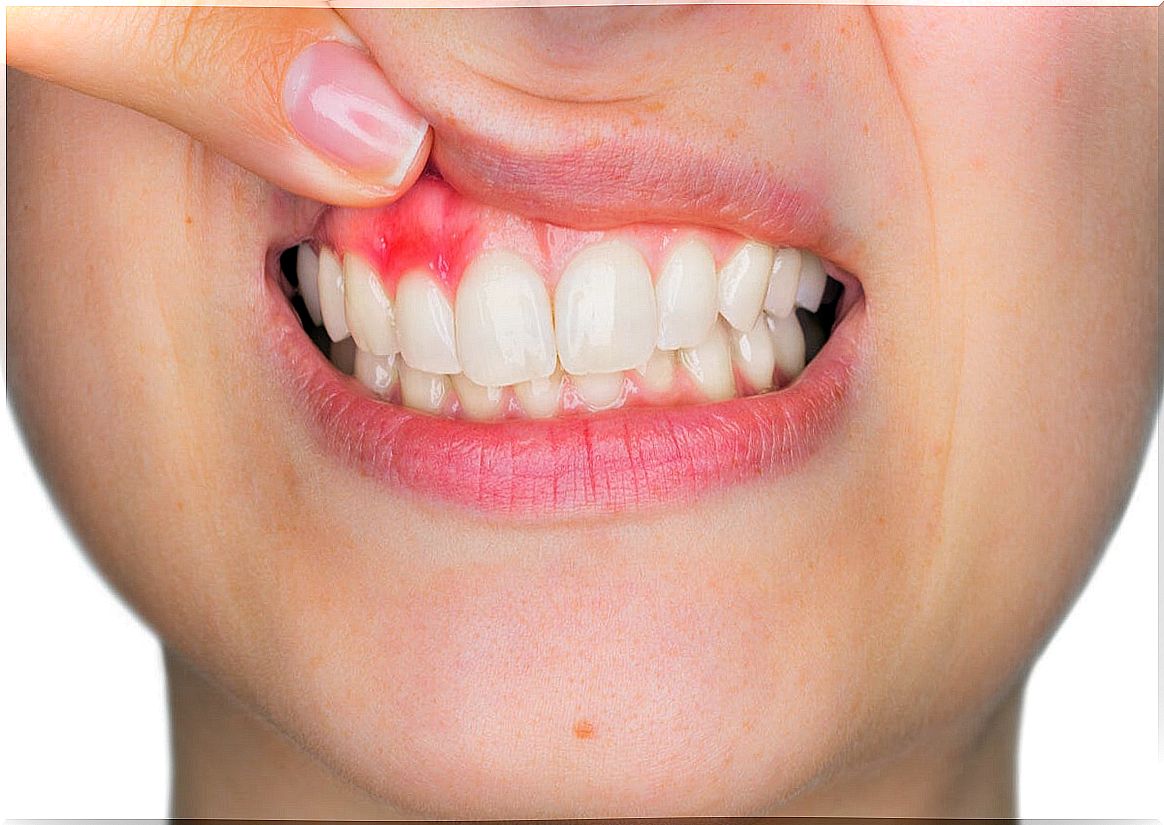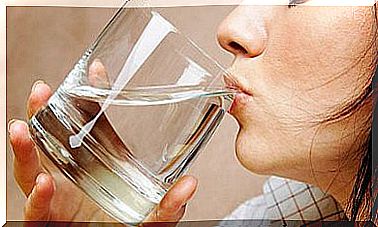5 Tips For Proper Dental Hygiene With Braces
Practicing oral cleaning habits to have a healthy mouth prevents cavities, bad breath, gingivitis and other oral diseases. But maintaining proper dental hygiene with braces can be more difficult.
The appliances predispose to the accumulation of bacterial plaque and food debris around wires and rubber bands. Taking care of dental cleaning during orthodontic treatment is essential to avoid complications.
In this article we share 5 tips to keep in mind to achieve proper dental hygiene with braces . What happens if the oral cleaning is not correct? Find out here.
1. Choosing the right toothbrush
Thorough dental cleaning when wearing appliances is essential. It is necessary to stop at each tooth and make circular and sweeping movements on each face of the teeth. In addition, all parts of the orthodontic system, braces , archwires and rubber bands must be cleaned .
The choice of the toothbrush for this task is also very important. Dental hygiene with braces can be done manually or with electric brushes:
- Common toothbrush : a normal head brush, with soft and soft bristles is useful for cleaning tooth surfaces. Cleaning braces can be difficult , but with skill and practice it can be accomplished.
- Orthodontic brushes: it is similar to a common toothbrush, but the central row of bristles is shorter than the others, giving it a V-shape. This arrangement of the filaments allows them to reach the teeth and enter the arch to clean the surfaces of the brackets . The neck is more flexible, facilitating access to all sites.
- Electric toothbrush : Using a small, rotating head electric toothbrush can make all parts of the mouth easier to access. It can be useful for teenagers and people with poor manual dexterity.
The decision of which instrument to use will depend on the orthodontist’s suggestions and the patient’s preferences and abilities to perform the cleaning. Beyond the choice, it is advisable to change your toothbrush every 3 months or when the bristles are open or bent.

2. Use an interproximal brush for dental hygiene with braces
Interproximal brushes are small brushes designed for dental hygiene with brackets . They come in different colors to identify their thickness and to be able to choose the right one for each interdental area.
They are necessary to clean the spaces that remain between teeth during treatment and the edges of the brackets and the area between the arch and the teeth, inaccessible with ordinary brushing. They should be used without toothpaste, after regular brushing.
3. Brush after every meal
As we already mentioned, oral brushing is essential to maintain proper dental hygiene with braces . It is important to do it after each food intake and after drinking sugary soft drinks, coffees and wines.
After eating, food debris can get caught in the appliance. As plaque builds up and forms, the risk of tooth and gum disease increases. That is why it is very important to brush after each meal, within 15 minutes after eating.
Night brushing is the most important and requires the most time. Removable elastics and accessories should be removed and all faces of all teeth and appliance cleaned thoroughly. Using plaque-revealing tablets or liquids can help verify that the film of bacteria is removed.
4. Use dental floss
Using dental floss is useful for removing food debris and bacterial plaque accumulated between teeth and on braces . It is a necessary complement for proper dental hygiene.
The thread is passed between the upper part of the tooth and the arch of the appliance, reaching the area near the gum. Gentle sawing movements are made on the sides of the teeth and pressed on one side and removed. Then it is repeated on the other side with clean thread.
The maneuver must be repeated with all dental elements. While the technique can be difficult, it needs to be done at least once a day.
There are dental threads with a special design for orthodontic wearers. They have a stiff tip, a spongy surface, and a conventional floss area. This adaptation helps to easily access the interdental spaces and recesses of the appliances.
The rigid area is inserted under the archwire, the sponge part cleans the sides of each bracket and the dental floss passes between the teeth, sanitizing the proximal areas of the teeth.
5. The use of mouthwash in dental hygiene with braces
The use of mouthwashes can be helpful to complement dental hygiene with braces . However, they never replace or replace brushing.
Alcohol-free mouthwashes can be used to help kill bacteria. Also rinses with chlorhexidine that the dentist will indicate to treat inflamed gums.
The orthodontist may also recommend the use of a fluoride mouthwash to strengthen the enamel and prevent cavities. These rinses can be used once a day or once a week, depending on the pharmacological presentation. It will be the professional who indicates how to use it.
Consequences of poor dental hygiene with braces
We already mentioned that having braces and wires in the mouth favors the accumulation of bacteria and food debris in the recesses of the appliance. Not eliminating them predisposes to the appearance of oral health problems, such as the following.
Cavities
It is the most likely and frequent consequence if proper dental hygiene is not performed. The brackets increase the risk of tooth decay by facilitating the accumulation of bacteria responsible for tooth demineralization.
Descaling around the bracket
If the bacterial plaque adhering around the braces is not removed , the acids produced by the bacteria demineralize the tooth enamel. This decalcification becomes evident when removing the appliance, since white spots are observed around the site that the bracket occupied .
These areas that have suffered mineral loss not only affect the appearance of the smile, but are also more susceptible to the appearance of cavities.
Swollen gums
The accumulation of bacteria that is not removed favors the precipitation of minerals from the mouth, causing the formation of tartar. These deposits inflame the gum tissue, resulting in swollen, tender, red, and bleeding gums.
Although the patient may feel pain in the area, it is advisable to insist on dental hygiene. Particular attention should be paid to cleaning the region where the teeth meet the gum. With proper brushing and supplementation with chlorhexidine mouthwashes, the gum can be returned to its normal state.
If, on the other hand, the inflammation remains uncontrolled, it will reach the area of the brackets , covering part of them. This not only worsens the gingival situation, but also interferes with orthodontic treatment, since professionals cannot work on a mouth in these conditions.

Limitation of movements
As we already mentioned, the accumulation of bacterial plaque can calcify and deposit around the gums as tartar. These stones hamper orthodontic treatment by interfering with the teeth’s ability to move.
If the devices can no longer perform the corresponding movements, the approach is being hindered and lengthened. For the patient it will be more time, more money and not achieving the result they are looking for.
Tartar can only be removed by an in-office dentist. When there is evidence of the presence of dental stones, it is necessary to go to the dentist for a dental cleaning.
Patient collaboration in dental hygiene with braces is essential
For orthodontic treatment to be successful, not only the expertise of the professional is necessary, but also the collaboration of the patient. Maintaining proper dental hygiene with braces is key so that the therapy does not fail.
In addition to these tips, it is very important not to miss an appointment with the orthodontist. The professional will not only make the adjustments related to the treatment, but will also check that the oral cleaning is correct.
Putting these recommendations into practice will help ensure that wearing braces is not a reason for illness. With a healthy and cared mouth it will be possible to achieve the desired smile.









